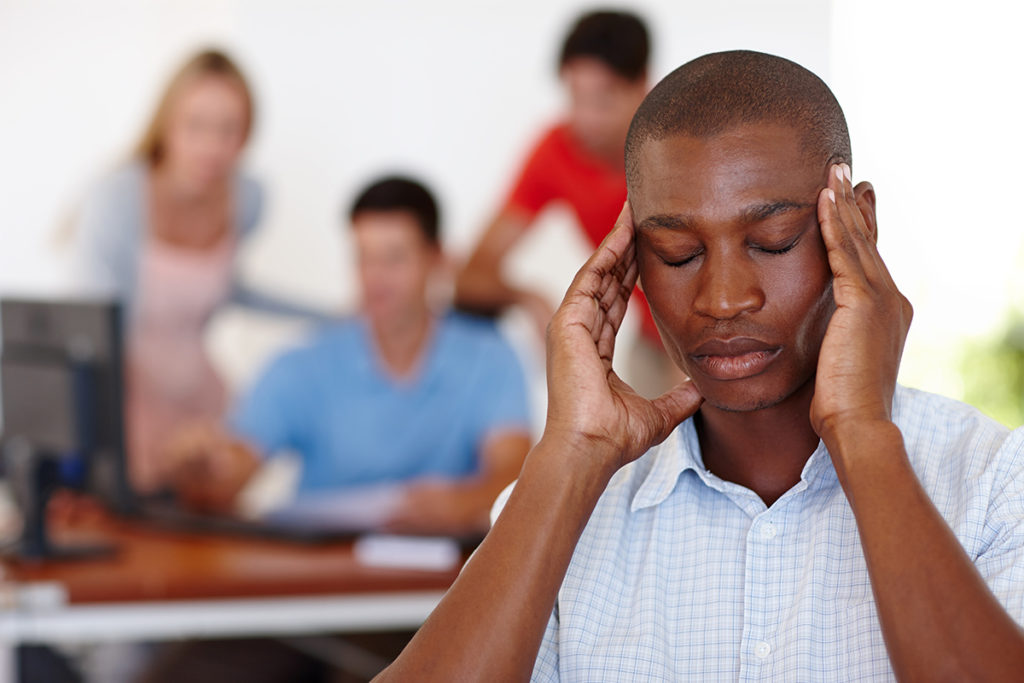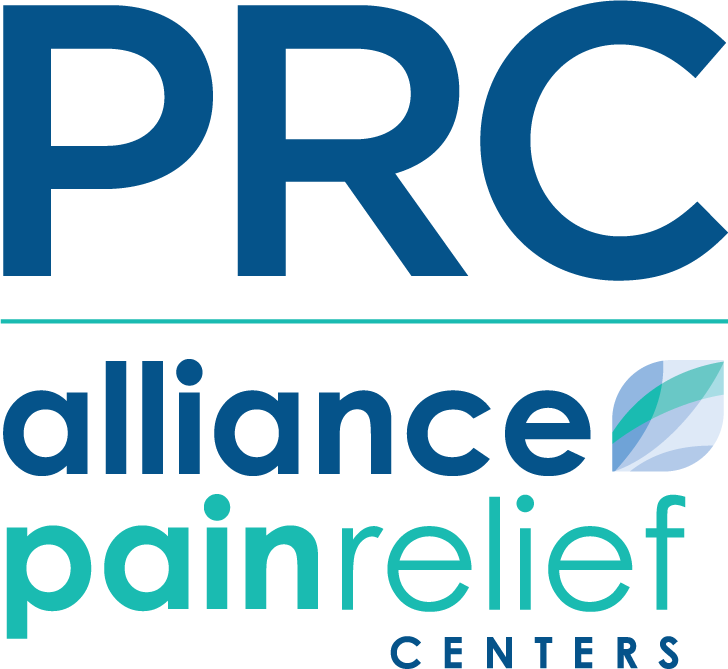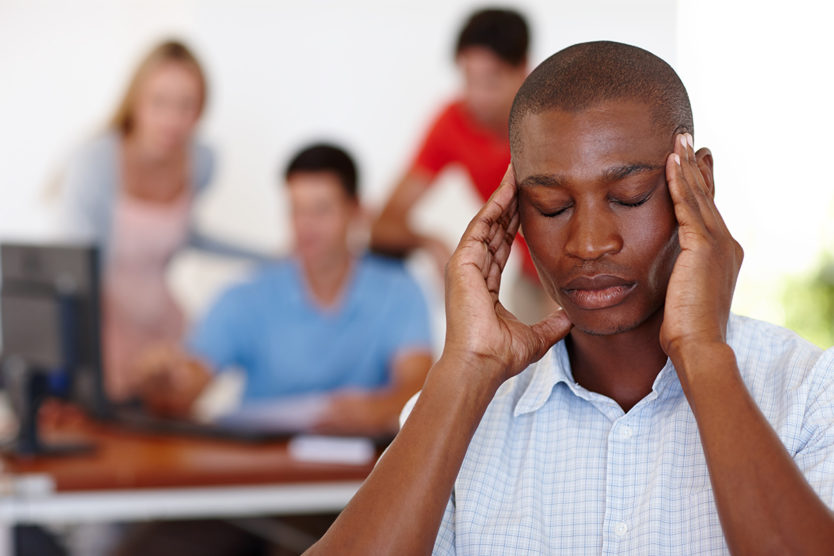Understanding the difference between a headache and migraine

Migraines affect 1 in 6 American adults. Unfortunately, most people dismiss their migraine pain because they think it is nothing more than a common headache. By definition, a headache is pain that occurs in any area of the head, lasting anywhere from a few minutes to a few days. The most common type of headache is a tension headache, which usually feels like a band of intense pressure around the head.
Unlike tension headaches, migraines are accompanied by other, more severe symptoms. These include vision disturbances, nausea, dizziness, tingling in the extremities, and sensitivity to light and sound. You are likely to have a migraine if you also experience:
- Aura. This could be flickering lights, spots, or lines that come before your migraine and usually last between 5 minutes to an hour. Some people have aura without head pain at all, making their symptoms all the more confusing.
- Unexplained mood changes and irritability. Some migraine sufferers may experience mood changes before, during or after the migraine attack.
- Increased pain from physical activity. If the pain gets worse the more physically active you are, lying down may help.
- Pulsating pain. Throbbing pain is a classic sign of migraines, and usually starts on one side of the head, but can occur on both sides.
- Neck pain. Some migraine sufferers experience pain and stiffness at the base of the neck, or pain that radiates from the neck to head.
Migraines can range from mild to debilitating, and can last from a few hours to several days. When chronic, migraines can severely impact your quality of life, so it’s important to see your doctor right away if migraine symptoms have been present for more than a few weeks.
Preventing migraines
While there is no cure for migraines, those who suffer from migraines can work with their doctors to explore medications and procedures to treat their symptoms and help prevent future episodes. Lifestyle changes such as exercising regularly, eliminating trigger foods from your diet, meditating, and learning stress-management techniques can also be helpful.
For those who suffer from moderate to severe migraines, prescription medications such as antiseizure medications, antidepressants, and Botox® injections can help to prevent future migraine attacks. Patients who have not responded well to medications may be candidates for interventional pain management therapies such as occipital nerve blocks.
To help determine the best treatment approach for you, your doctor may ask you to start keeping a migraine journal. Writing down the details of every migraine attack and all of your symptoms will help your doctor make the correct migraine diagnosis. It will help identify any potential migraine triggers, and assist your doctor in determining which treatment might work best for your situation.
Rathi Joseph, DO is a pain management physician at PRC Alliance Pain Relief Centers. She is triple board certified in physical medicine and rehabilitation, sports medicine, and pain management. To learn more, visit Dr. Rathi Joseph’s profile.

